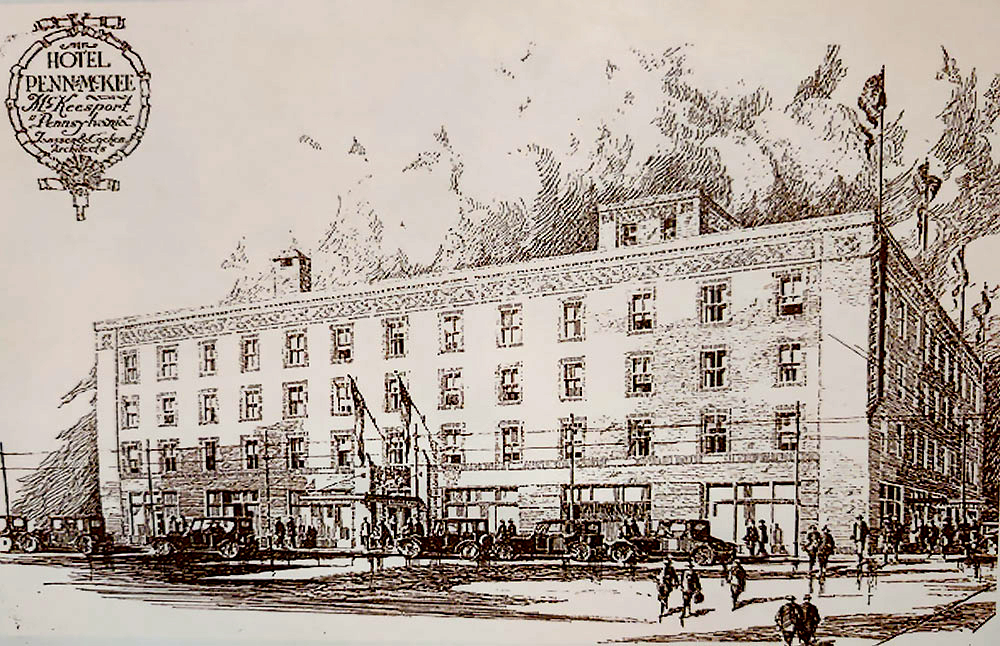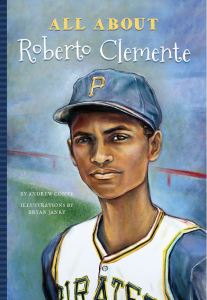

Death of the Daily News opens with an historic moment in the nation’s history involving a public debate between two future presidents:
Two first-term members of Congress, John F. Kennedy and Richard M. Nixon, boarded the Capitol Limited train at Washington’s Union Station on the Monday morning of April 21, 1947, headed to McKeesport, Pennsylvania, the economic and spiritual center of the Monongahela River Valley and home to 100,000 unionized industrial workers. As the two newest members of the House Labor and Education Committee, the lawmakers were scheduled to appear that night at the Penn-McKee Hotel before more than 100 people at an event sponsored by the local Junto Forum, a business-minded civic group.
Like much of the Mon Valley, the Penn-McKee Hotel has seen more glamorous days. The Pittsburgh Post-Gazette recently ran a story highlighting what has been lost in McKeesport, block by block. The closure of The Daily News takes place against this backdrop of a community in crisis.
Many news deserts exist in places that suffer a variety of economic losses. A study by Northwestern University’s Medill School of Journalism points out one more growing divide across America: Places that are relatively well-off tend to have robust local news while those that are struggling often also lack original journalistic reporting. Lead researcher Penny Abernathy put it like this:
“The people most likely to live without news are those in communities that need it the most, those that are economically struggling communities, those communities that have been traditionally underserved. We’ve had a collapse of the for-profit, business models that sustain local news organizations in those communities for a number of years.”
Community leaders in McKeesport have been trying to decide what to do with the Penn-McKee: Tear it down to remove the eyesore – or attempt to salvage what’s left? For now, the building remains standing, albeit with broken windows and graffiti. A historic market memorializing the day of the debate sits behind a chainlink fence.









 We celebrated the CMI’s one-year anniversary by focusing on #MediaPioneers who are doing something truly new and different. The disruption that has run through the media industry has caused a lot of pain and caused all of us to rethink how we value news and access it. But it also has created opportunities that never existed before. For
We celebrated the CMI’s one-year anniversary by focusing on #MediaPioneers who are doing something truly new and different. The disruption that has run through the media industry has caused a lot of pain and caused all of us to rethink how we value news and access it. But it also has created opportunities that never existed before. For 




